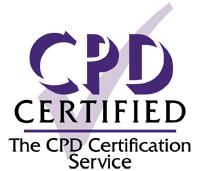1 November 2015
| Shabbir Akhtar
Odynophonia, or pain associated with voice use, is a relatively uncommon manifestation of glottal insufficiency related to vocal fold motion impairment (VFMI). Its incidence is approximately 15% in patients with vocal fold paresis. Medialisation laryngoplasty (ML) was popularised by Isshiki...

